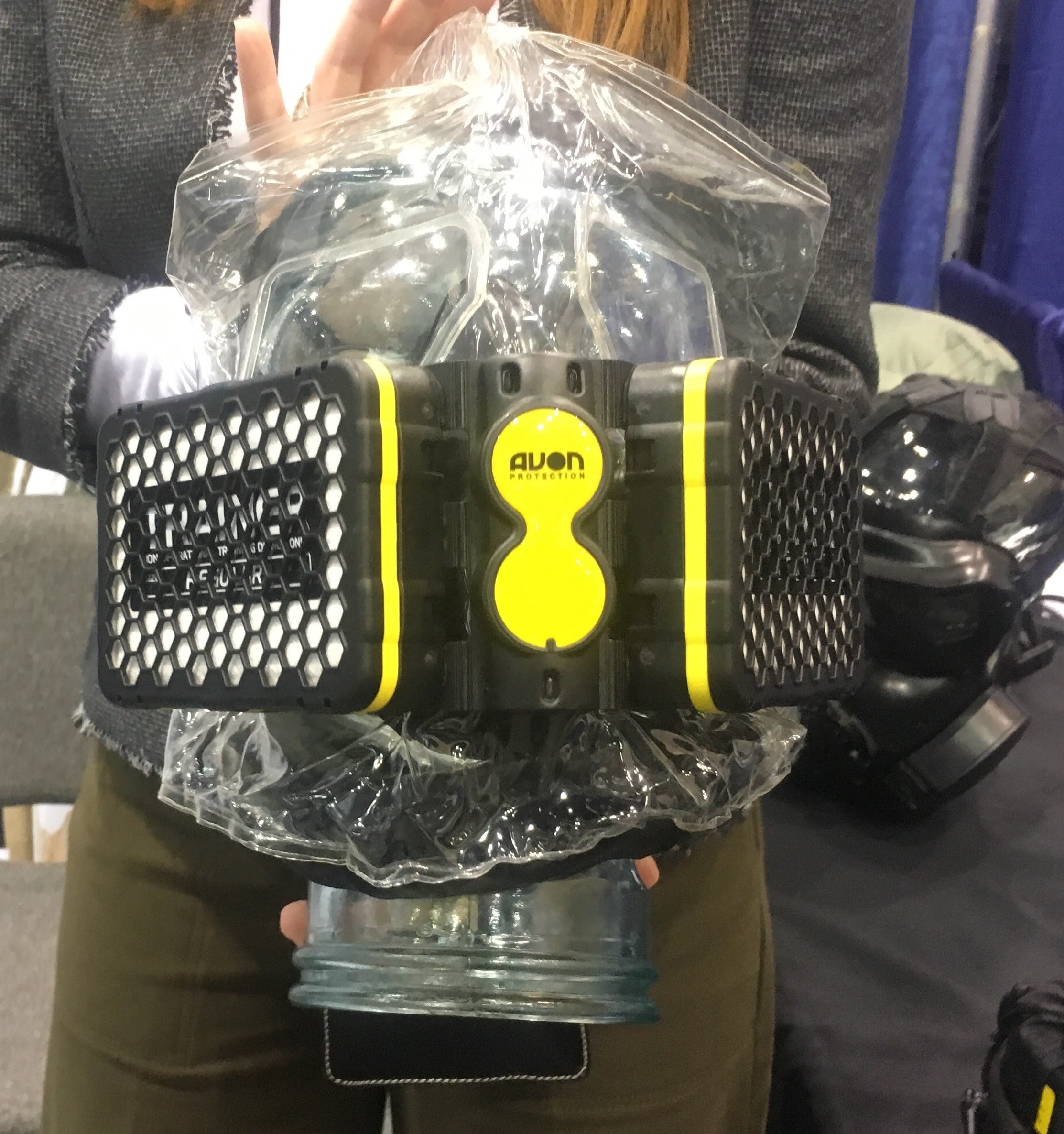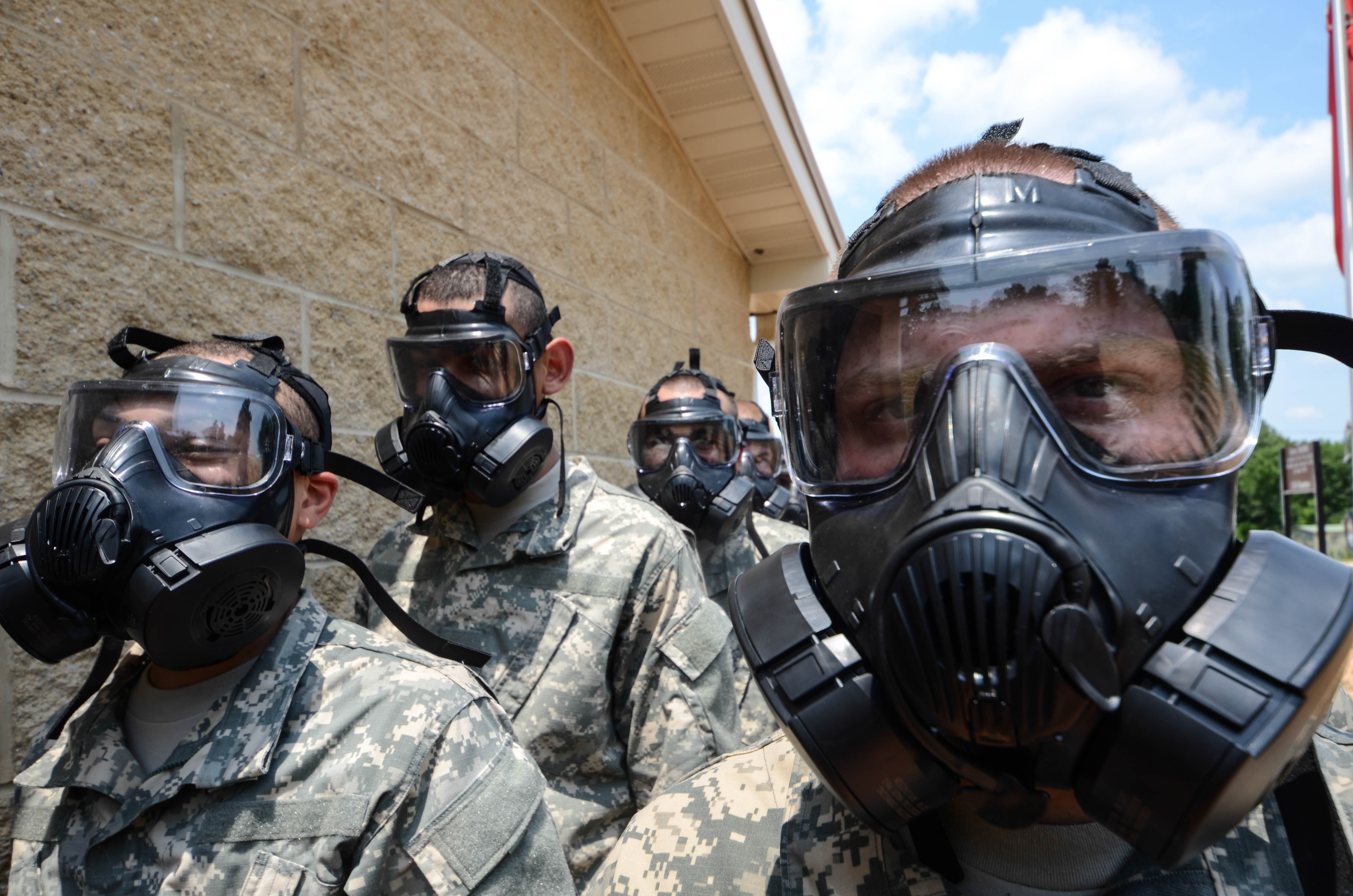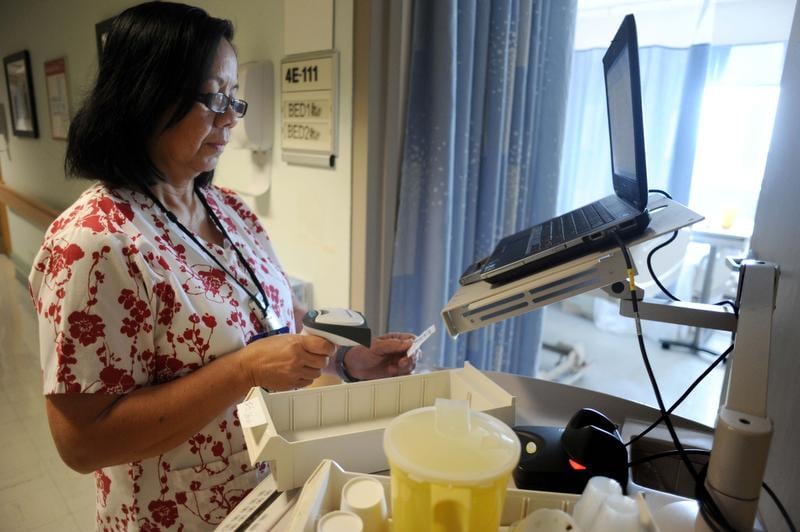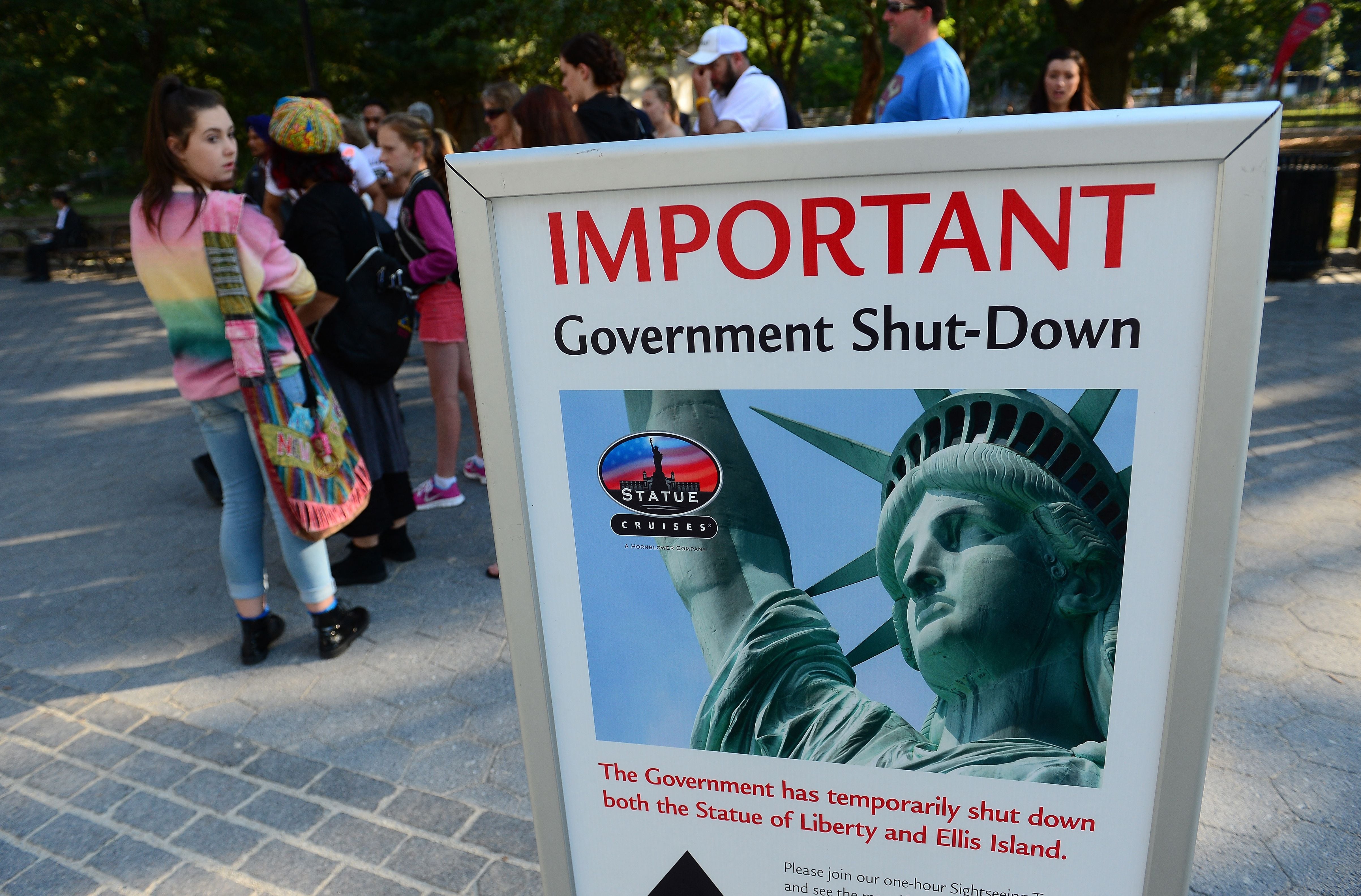If you ask a soldier why beards are banned, they'll tell you it's because you can't seal your gas mask with one. But that could change.
The Army is in the midst of studying the effects of facial hair on protective gear, while, at the same time, the manufacturer of the military's most high-level gas masks is considering new options.
"In future soldier systems, what we're looking at — and other manufacturers — is being more appropriate for different classes of threats," Angela Benoit, Defense Department market manager for Avon Protection Systems, told Army Times on March 14 at the Association of the U.S. Army Global Force Symposium in Huntsville, Alabama.
Avon, for example, makes a range of protective masks — from the M50 Joint Service General Purpose Mask used in the most dangerous chemical, biological, radiological, nuclear and explosives environments to more lightweight, flexible systems for less intense situations.
"For temporary protection in a CBRNE environment, there’s a 15-minute escape hood," Benoit said. "When we work with the peshmergan forces, for example, they have about 15,000 mountain fighters, they would utilize this" in an attack.

The Avon NH-15 Combo Escape Hood can be worn with a beard and is designed to temporarily protect against a chemical attack. Wearers have a 15-minute window to get to safety.
Photo Credit: Meghann Myers/Staff
Earlier this year, the Army released a directive allowing beards in uniform for Sikh soldiers, despite tests showing that the M50 couldn't get a perfect seal with a beard.
Bearded soldiers would not, however, be allowed to serve in the CBRNE units that are tasked with responding to contaminant attacks.
That exception opened up the doors to re-thinking the beard question, the Army G-1 uniform policy sergeant major told Army Times in February.
In addition to further tests on current Army equipment with beards, the Army's acquisition office is looking into alternative masks that could be fielded to soldiers with beards, a spokesman told Army Times in March.
That could mean, Benoit said, tiers of gas mask depending on units — something different for CBRNE soldiers and the infantry, for example.
"Right now, we do the protection for all-encompassing threats," Benoit said. "As we really take a look at what’s necessary, ... for example, there might be appropriate times where you just have a scarf protection that covers your nose, mouth, that type of thing, for more specific threats."
"Beards are something that we will continue to address, because they’re not going to go away," she added.
Meghann Myers is the Pentagon bureau chief at Military Times. She covers operations, policy, personnel, leadership and other issues affecting service members.





